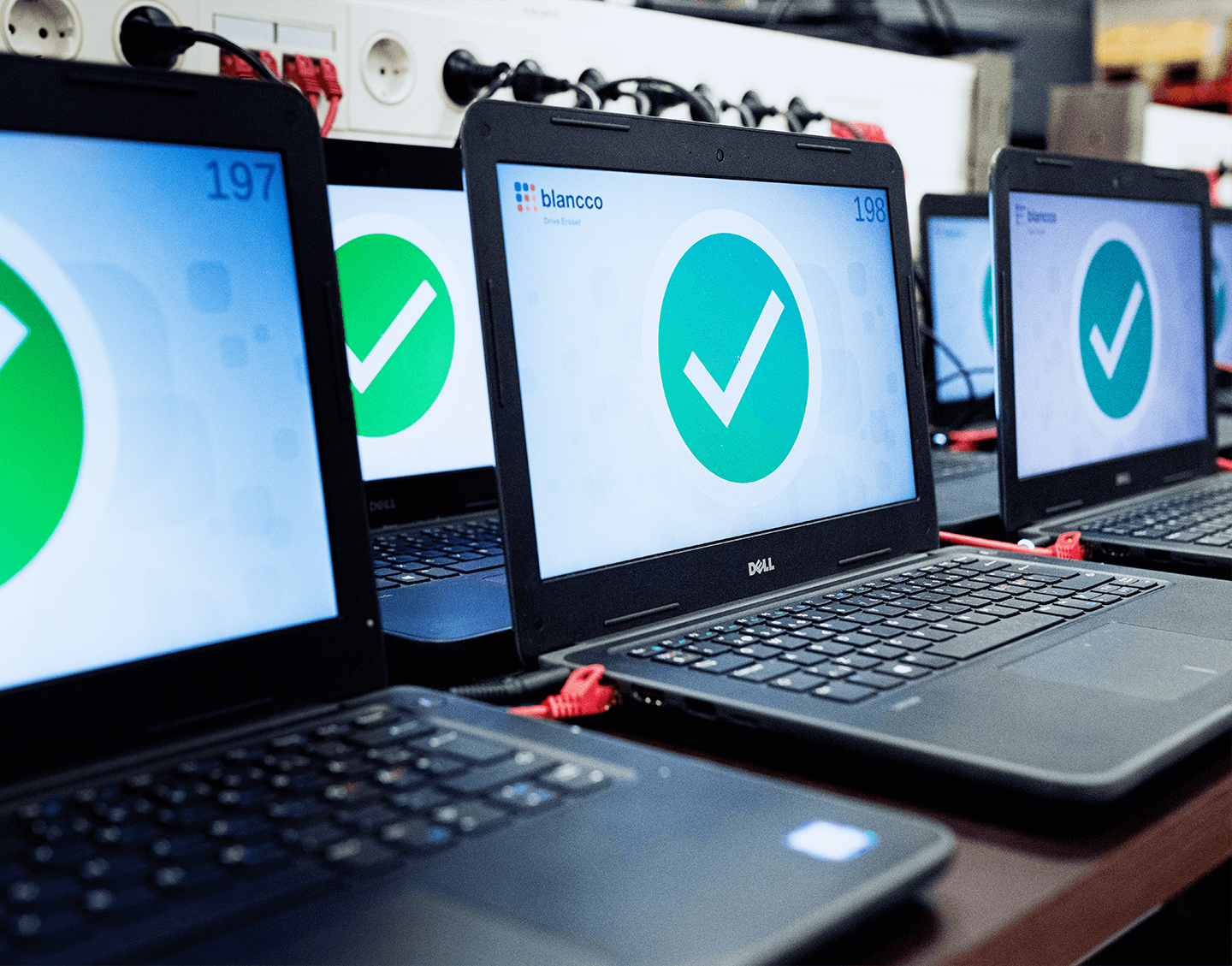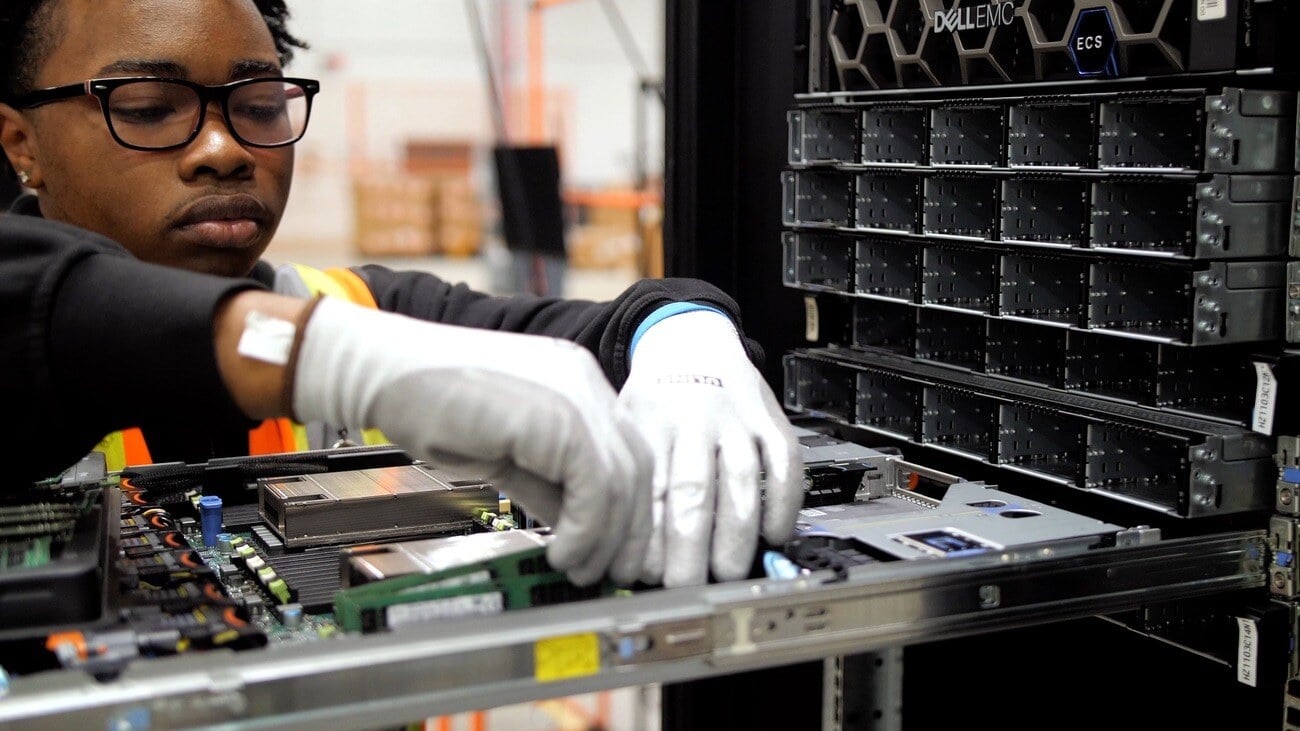The average cost of a data breach has risen to an unprecedented US$4.88 million, according to the 2024 IBM Cost of a Data Breach Report — a 7% increase from 2024. Alongside this, data storage is growing exponentially – by 2026, it is predicted that the datasphere will grow to 221 zettabytes.
Ensuring a robust strategy for the secure handling and sanitization of your business's data at end-of-life is now more critical than ever. Equally important is partnering with third-party service providers who adhere to stringent standards, ensuring that confidential information remains protected and does not fall into unintended hands.
Navigating data protection involves addressing challenges such as country-specific regulations, economic feasibility, and legal obligations. While NIST 800-88 has long been a cornerstone guideline for data sanitization, the introduction of IEEE 2883-2022 offers updated methodologies to enhance data destruction practices.
Contents
- What is Data Destruction?
- New Standards for a New Era
- What are the most widely adopted data destruction standards?
- What is NIST 800-88?
- What is IEEE 2883-2022?
- Why was IEEE 2883-2022 Required?
- Key Methods: Clear, Purge, and Destroy
- Key Features of IEEE 2883-2022
- What are the advantages of IEEE 2883-2022
- Conclusion
What is Data Destruction?
Data destruction refers to the process of deliberately, permanently, and irreversibly removing or destroying data stored on a memory device to make it irrecoverable. This process is crucial for protecting sensitive information from unauthorized access during the disposal or repurposing of storage media.
Considerations for media sanitization include:
- Future Use of Media: Deciding whether the media will be reused or destroyed influences the sanitization method.
- Data Sensitivity: The confidentiality level of the data dictates the rigor of the sanitization process.
- Storage Medium: Different media types (e.g., HDDs, SSDs, optical discs, NVMe technology) require specific sanitization techniques.
New Standards for a New Era
Advancements in data storage technology, such as the widespread adoption of solid-state drives (SSDs) and the development of more complex storage systems like NVMe, have made traditional data destruction methods less effective. These new technologies offer greater storage capacities and faster data retrieval, but they also present unique challenges in ensuring that data is completely and irreversibly erased. As a result, updated guidelines for secure data destruction, such as IEEE 2883-2022, are necessary to address these complexities and ensure that sensitive information cannot be recovered from modern storage devices.
Data destruction standards are no longer only intended to address risk; they can also be aligned with your corporate goals to drive sustainability. Adopting the most up-to-date standards for data security opens additional opportunities to reuse even the newest technologies, improving value recovery and environmental outcomes.
What are the most widely adopted data destruction standards?
Various international guidelines and standards have been established to provide frameworks for secure data sanitization. The most widely adopted are NIST 800-88 and the more recent IEEE 2883-2022. Additional data destruction standards exist in several countries, specifically designed to address government data.
What is NIST 800-88?
The National Institute of Standards and Technology (NIST) Special Publication 800-88 is a widely adopted standard for data destruction. It provides comprehensive instructions for media sanitization, ensuring data is irretrievably erased. It provides a framework for clear, purge, and destroy options and is sufficient for most office IT equipment.
What is IEEE 2883-2022?
IEEE 2883-2022 is a standard developed by the Institute of Electrical and Electronics Engineers (IEEE) to address the secure sanitization of data-bearing storage devices. IEEE builds on the strong foundation of NIST 800-88 and offers significant advantages by providing more detailed technical guidance and support for modern storage technologies.
Why Was IEEE 2883-2022 Needed?
The evolution of storage technologies, including the widespread adoption of solid-state drives (SSDs) and advancements in data recovery techniques, necessitated an update to existing data sanitization standards. IEEE 2883-2022 addresses these advancements by providing updated methods that ensure effective data destruction across modern storage devices.
Key Methods: Clear, Purge, and Destroy
IEEE 2883-2022 outlines three primary methods for data sanitization:
- Clear: Uses standard read/write commands to overwrite data. Suitable when media will be reused in the same security environment.
- Purge: Uses cryptographic erasure or block erase commands. Suitable for media repurposing in different environments.
- Destruct: Involves physical destruction. Used for permanently discarded media or high-sensitivity data. IEEE does not permit shredding as a final destruction solution.
Key Features of IEEE 2883-2022
- Continuity: Builds on NIST 800-88, easing the transition for organizations.
- Enhanced Technical Insights: Detailed guidance for advanced storage technologies.
- Up to Date: Tailored to modern storage technologies like SSDs and NVMe, with a commitment to updates.
- Support for NVMe Subsystems: Includes managing namespaces, write protects, and subdomains.
- Support for SATA SSD/HDD: Addresses zone activation, SMR disk management, and TCG standards.
What are the advantages of IEEE 2883-2022?
The IEEE 2883-2022 standard offers several advantages over NIST 800-88, particularly for enterprise environments:
- Enhanced Data Security: Aligned with current enterprise technologies.
- Improved Reuse Outcomes: Enables sanitization across all drive types, reducing destruction needs.
- Increased Value Recovery: More drives can be reused or resold, reducing total cost of ownership.
- Sustainability Benefits: Fewer drives destroyed, supporting circularity and reducing e-waste.
The Highest Standards of Data Protection
As your expert IT Asset Disposition (ITAD) partner, SK Tes can guide you through all the options. We offer a single-source, global solution for data destruction and lifecycle management for the full range of corporate IT and enterprise technology. Our processes ensure data is thoroughly erased to the highest international data destruction standards.






